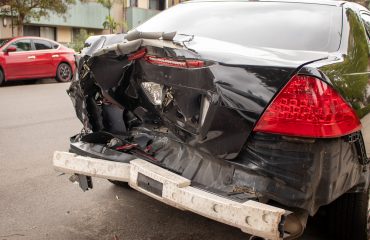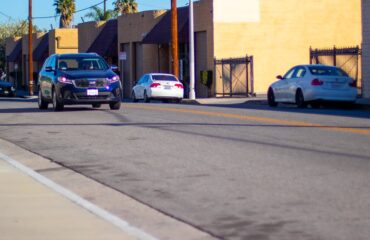State Farm insurance has conducted a survey each year since 2009 asking drivers about their distracted driving habits. The 2014 survey was recently completed and reveals some alarming results. First, the good news: Over the years, fewer drivers are saying they talk on their hand-held cellphones while driving. But that’s where the good news ends.
Despite efforts from state and federal officials, it appears people are still highly distracted by their devices while driving. The percentage of people who admit to texting while driving has stayed the same since 2009, but the percentage of people who admit to using the Internet, emailing and social networking while driving has increased significantly.
The survey revealed the following statistics:
- In 2009, 13 percent of drivers admitted to accessing the Internet while driving. In 2014, 26 percent admitted the same.
- In 2009, 15 percent of drivers said they check email while driving. In 2014, 25 percent admitted doing so.
- In 2009, 9 percent of drivers said they check social media networks like Facebook or Twitter while behind the wheel. In 2014, 20 percent admitted they do this.
State Farm’s director of technology research said drivers may be using their cellphones while driving for different things, but these things are just as dangerous.
They survey also indicated that many drivers attempt to “self-regulate” their cellphone use while driving, with 63 percent saying that they mostly use their devices while the vehicle is stopped. However, the State Farm spokesperson said that this behavior isn’t any safer either.
For example, data from the National Highway Traffic Safety Administration shows that about a third of all car accidents happen at intersections.
But maybe you know all of this. Maybe you are someone who was involved in an accident with a distracted driver at an intersection or somewhere else. If that’s the case, you should know that it may be possible to hold the distracted driver responsible for the damage and/or injury they caused in a personal injury lawsuit.
That’s one way to get the message across that drivers should be focusing on the road, not their devices.
Source: USA Today, “Drivers talk on cell phones less but surf, e-mail more,” Larry Copeland, November 18, 2014





